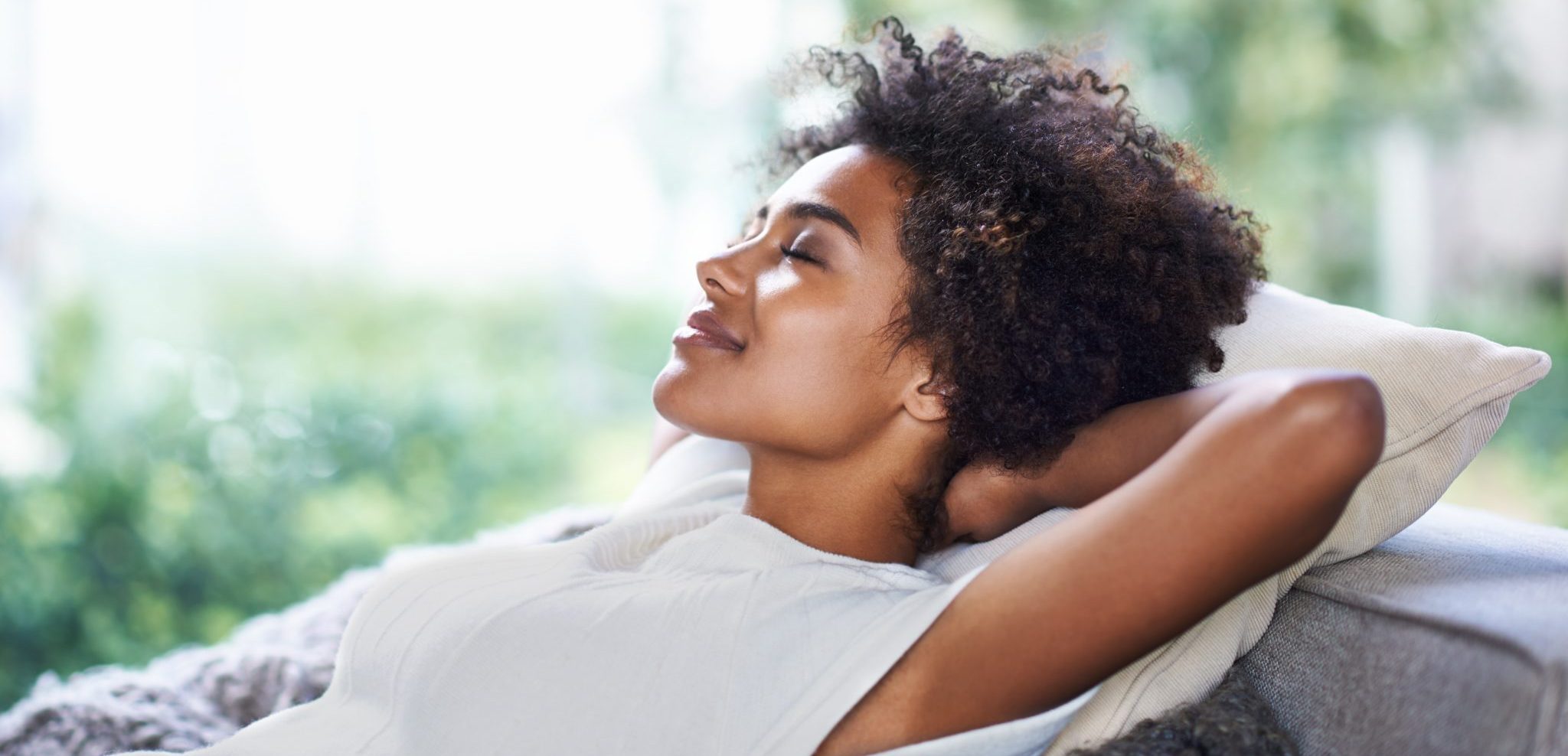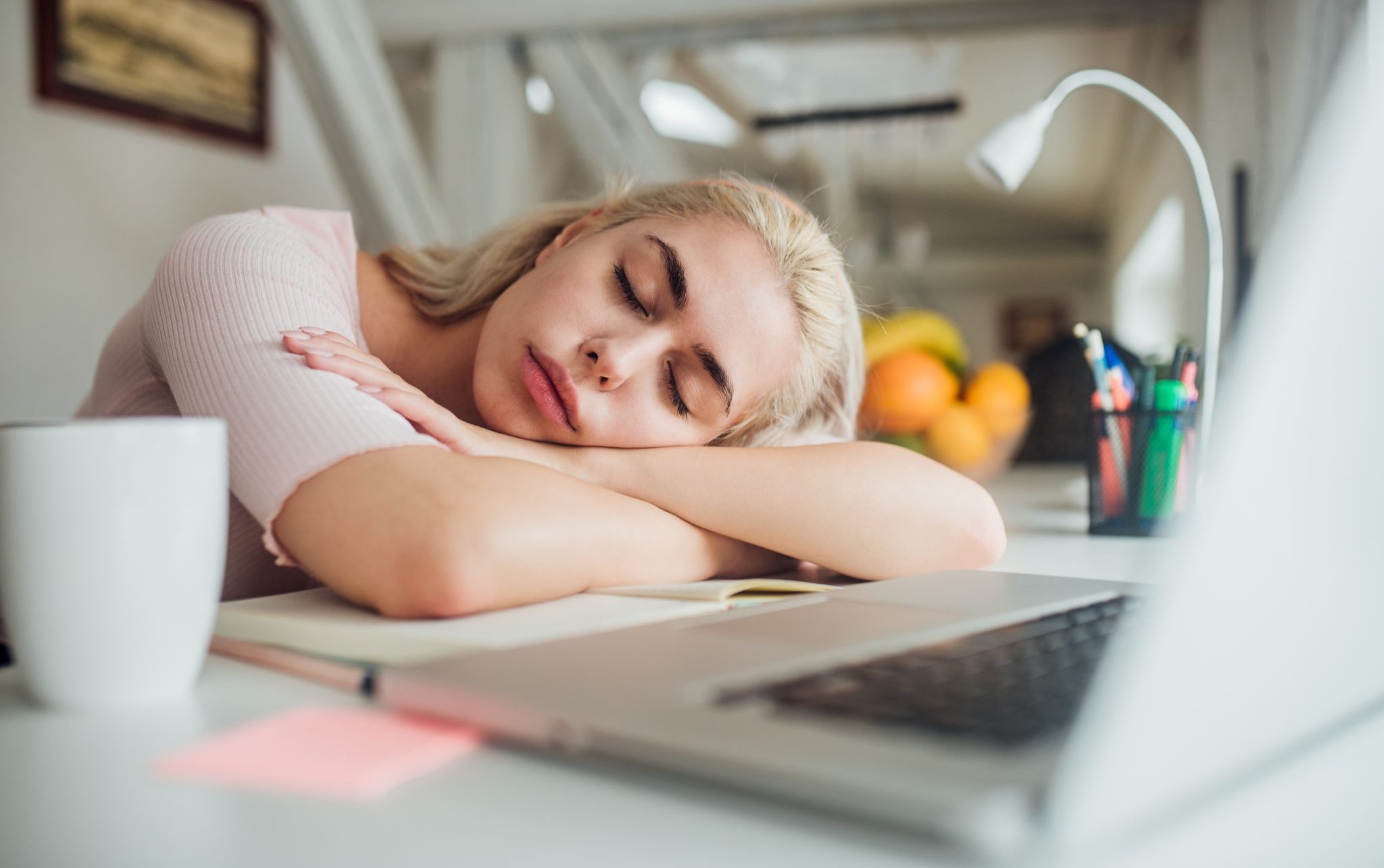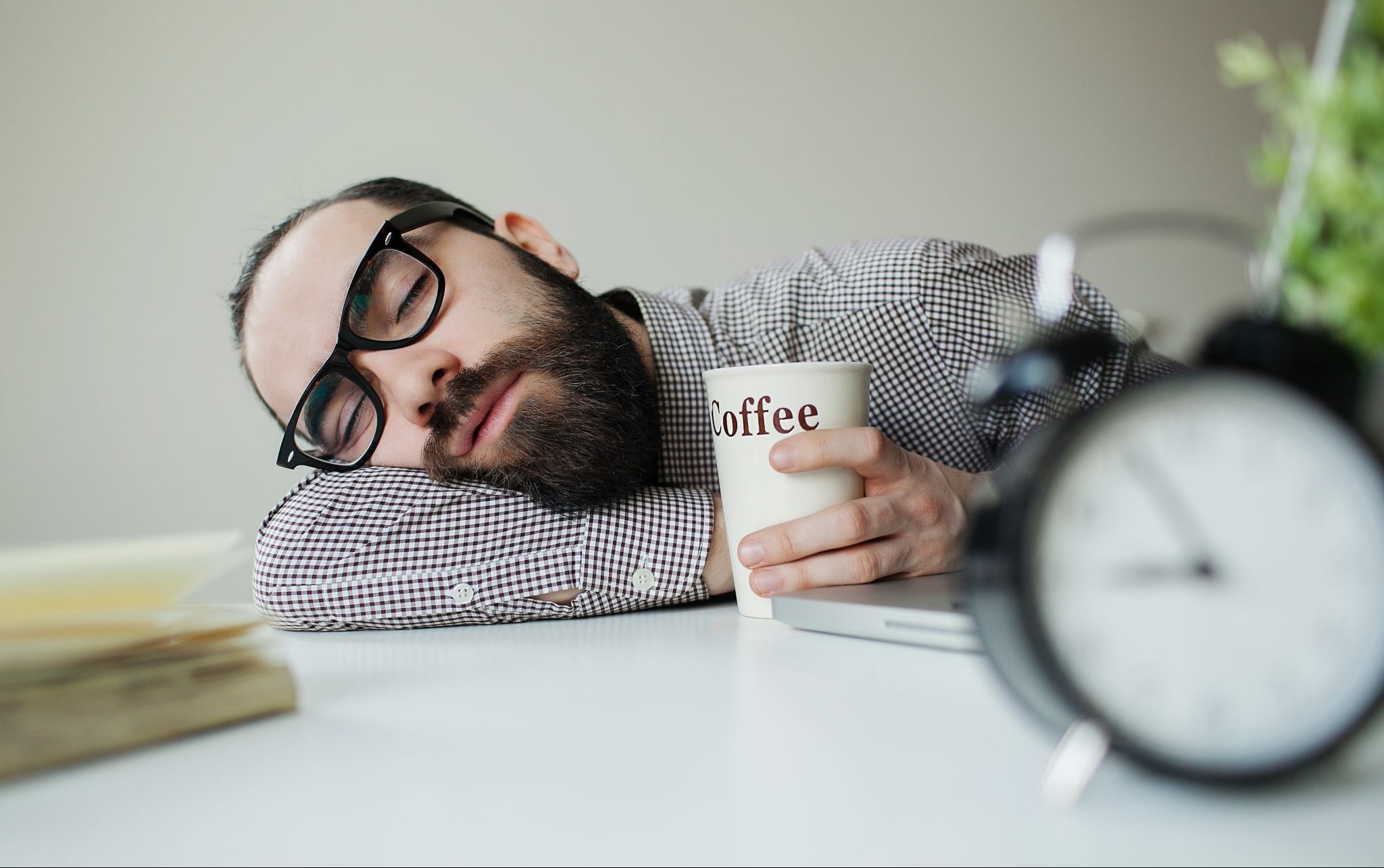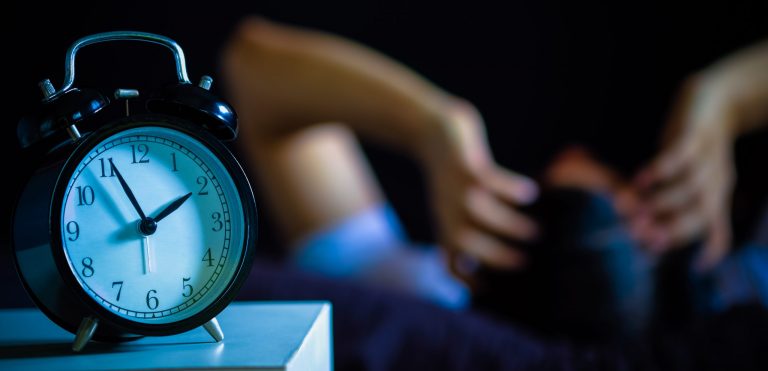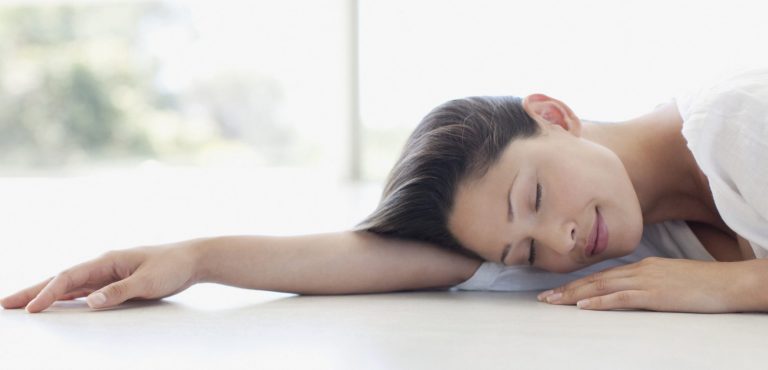Not getting enough nighttime shuteye will make you feel sluggish by midday? In a moment like this we all wish we could cozy up under a fluffy blanket and set off to the land of nod. Actually, compensating for sleep debt with a quick daytime snooze might not be a bad idea at all. In fact, it’s a perfectly natural process, too: most mammals tend to sleep for short periods throughout the day to feel refreshed and full of energy. So, why not us? After all, snoozing plays a major role in the lives of children and elderly people, but in between those life cycles it is largely neglected.
Adult napping is a healthy compensation for the lost sleep, it can give a much-needed energy kick or reduce the effect of jet lag. And while some major companies in countries like Spain are shying away from once-traditional siesta, others are eager to revisit its benefits by introducing nap time to the workplace. Because anything that makes up for sleep debt is considered restorative, and that means healthy.
Undeniable benefits of napping
A host of studies shows that there are numerous health perks of daytime siestas. This includes:
- Strengthened immunity
- Stress relief
- Reduced fatigue
- Improved mood and lifted spirits
- Hormone-balancing
- Boost in productivity and alertness
- Improved performance
- Dialed down cravings
Still, we all know that, more often than not, daytime doze at work is frowned upon, sometimes even stigmatized. When, actually, dozing is much more effective for work performance than coffee. Moreover, many successful people were famous for their love of napping: Winston Churchill, Salvador Dali, Albert Einstein, JFK. To name a few. So, maybe you shouldn’t feel guilty next time you doze off, be it at home or at work.
What is a perfect daily nap for adults?
An ideal nap is a tricky business. Too long a snooze and you’ll feel groggy all day, too short a snooze and you won’t be able to understand what all the fuss is about. Finding your perfect match fully depends on the effect you’re looking for.
Power catnap
It is a brief slumber that ends right before it turns into a heavy sleep. It is popular among those who look for a quick boost of energy. You will feel refreshed but won’t have any trouble falling asleep at night.
Duration: 15-30 minutes.
Fatigue buster
It’s a longer snooze that successfully defeats fatigue prolonging your period of wakefulness. However, there is a downside: this period is largely associated with a short period of inertia that will stick with you for around 30 minutes after you wake up.
Duration: 30 minutes.
Memory booster
It works if you are unable to focus or get easily distracted. This nap has the power to equally improve your short-term memory and make you more attentive to details. It carries you to a deeper stage of sleep when the brain produces slow delta waves, and you drift deeper and deeper into your sleep. It means that you’ll end up feeling half asleep and groggy for quite some time after waking.
Duration: 60 minutes.
Good-mood maker
You complete a full sleep cycle, including the dream stage. It allows you to wake up without an additional effort feeling fresh and rested. This duration is optimal for boosting positive emotions and facilitating creative problem-solving.
Duration: 90 minutes.
The perfect napping time is between 1PM and 3PM. It’s optimal for fighting lunch-time drowsiness, but at the same time it will not to disrupt your nighttime zzz's. For example, if you day started at 7AM, 2PM will be a perfect time for a nap. You'll definitely thank yourself if you set an alarm for the period of your snooze.
Best nap environment
If you work for a company like Google, you’re all set. For those who don’t know here’s a trivia note: Google has introduced sleep pods for their employees, and they are not alone in this. These pods are designed to provide the staff with the best conditions for a snooze. And it means having a dark and quiet environment. Find a place where you won’t be easily interrupted for a specific period of time.
Hint: Unless you’re caffeine intolerant, drink a cup of coffee right before you decide to go for a quick snooze. It’s a fun fact that it takes 20 to 30 minutes for caffeine to kick in, so it will take effect right after you open your eyes helping you to wake up faster.
When the timing isn’t right
When you handle the dilemma on whether afternoon sleep is good or bad, take into consideration that daytime siestas are directly linked to nighttime slumbers. So, if you regularly struggle to fall asleep at night or know that you are a trouble sleeper, daytime snoozing can make matters only worse.
It also helps to explore the root of the problem. Maybe you feel sleepy during the day not for the lack of adequate shuteye, but because your current sleep routine is not giving you the much needed rest. If you know that your bedtime schedule really is inconsistent, try rebooting your sleep cycle.
Apart from that, dozing is, without a doubt, an immensely effective way to recharge the energy batteries, feel more focused and uplifted. It helps us stay energized for an extended period of time which, in turn, boosts productivity and efficiency in the workplace and everywhere else. It’s already paving the way to more employee-friendly workplaces, so, hopefully, we’re witnessing a newfound trend toward introducing more naptime to our daily routines.

